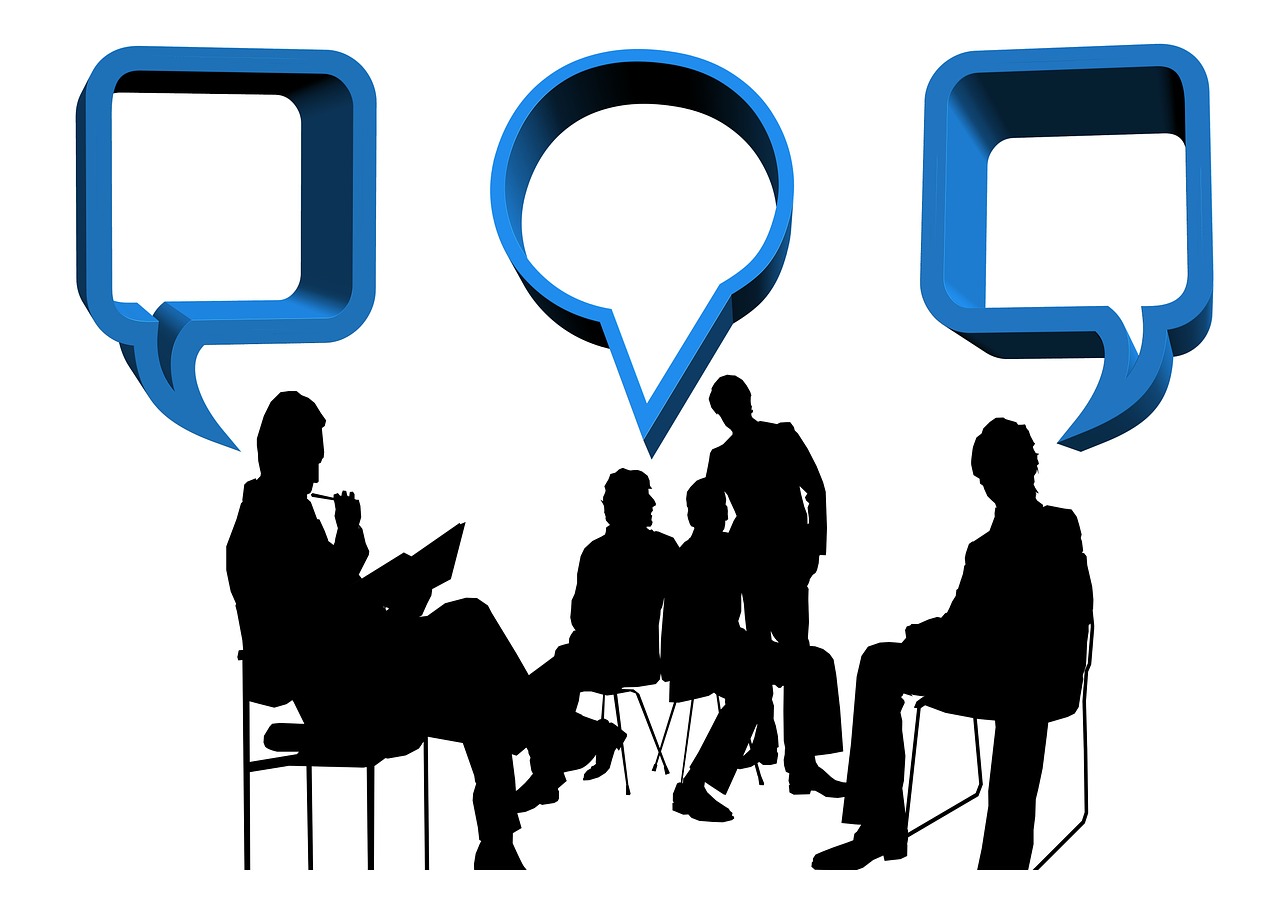
As we address the needs students in our communities, schools, and classrooms, establishing an environment rich with critical thinking experiences provides these youth with opportunities to grow academically as they are given the skill set to interact and connect with those around them. Facets of critical thinking including inquiry-based teaching (.46), problem-solving teaching (.67), cooperative learning (.40), and meta-cognitive strategies (.55) all have effect sizes (greater than .40) that have the “potential to accelerate student achievement” (Hattie’s work examining 250+ influences on student achievement).
Critical thinking is defined as, “the mode of thinking — about any subject, content, or problem — in which the thinker improves the quality of his or her thinking by skillfully analyzing, assessing, and reconstructing it. Critical thinking is self-directed, self-disciplined, self-monitored, and self-corrective thinking. It presupposes assent to rigorous standards of excellence and mindful command of their use. It entails effective communication and problem-solving abilities, as well as a commitment to overcome our native egocentrism and sociocentrism” (The Foundation for Critical Thinking).
I have presented multiple professional learning sessions in at local, national, and international conferences on critical thinking activities teachers can use in the classroom. One of the quotes I like participants to ponder and analyze is as follows:
“Critical and creative thinking strategies are not merely “fun” or “cute” activities to be pulled out at the end of the week or semester, or after the state tests are over for the year in order to fill time and entertain students. They are ways of deeply engaging and interacting with ideas and concepts in meaningful context, building meaning and understanding through multiple processing of ideas and information in increasingly sophisticated levels of thinking, adding depth and complexity to the content being learned, and finding personal relevance in the learning process” (Hickerson, 2013).
While critical thinking activities may be used to pique interest, it is important to realize that the ability to become a critical thinker is a foundational skill necessary to furthering deep understanding.
I’m a big advocate for using sentence/question stems in the classroom to help scaffold inquiry, reflection, and thought. Staying true to my belief that learning should be interactive, I developed critical thinking cubes. Each cube has six sets of question/thinking stems based on the 8 Intellectual Standards. There are multiple purposes to using these cubes, but I like to use them to interact with text. During the second read of a text, students roll a dice and pick from the question/sentence stems to discuss as a small group the text. Depending on the purpose for reading the text, I specifically select the critical thinking cube I want small groups to use. An example of a cube I have used recently to analyze the evidence students have identified to explore a text, is found by clicking on the following link: Critical Thinking Cube #6.
The discussion levels of each small group using the critical thinking cubes increases dramatically when the cubes are provided in comparison to conversations where the cubes are not used. Sometimes I like to add another layer by utilizing the World Cafe Protocol to mix up groups and deepen conversations of a text. This protocol is described in an earlier post: World Cafe and PLCing.













